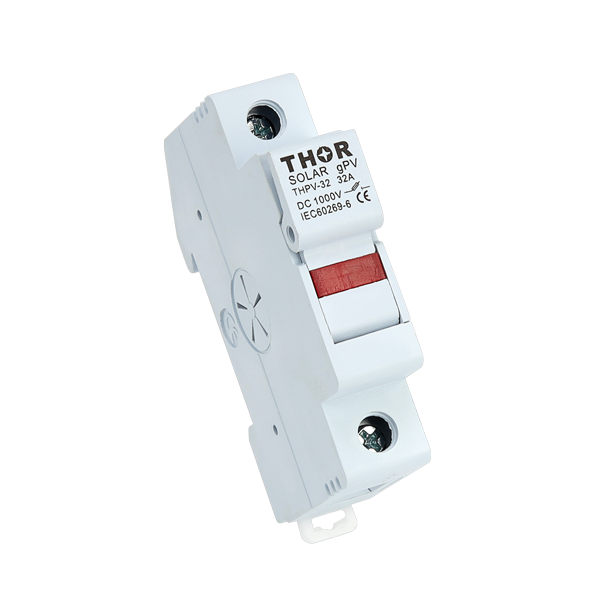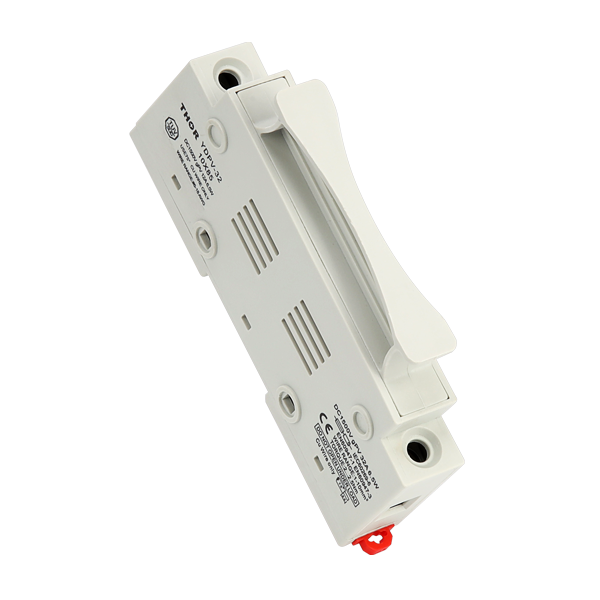The rated current of the fuse should be selected according to accurate calculation combined with the maximum load current of the circuit, wire capacity and equipment protection requirements in order to safely protect each part from being burned out or damaged due to improper operation.
1. Calculate Rated Current based on Load Current
At the time of selection, you have to calculate rated current value based on actual load current in the circuit. Fuse current rating is normally 1.25 times circuit using maximum working load current, with a purpose to save you false operation if the overloading occurs.
- If it is required to provide an operating current of 8A, the rated current for said fuse would then be given by 8×1.25=10 A
- For example, if the load current is 20A, you should select a fuse of 25 A.
2. Wire carrying capacity
If the rated current of fuse is higher than that, it may result in overheating or even firing up the wire. Here are the max carry currents for typical cables:
- The maximum carrying current of 2.5 square millimeter wire is generally about 20-25 A.
- The maximum carrying current of 4 square millimeter wire is about 25A -32 A.
- The maximum carrying current of 6 square millimeter wire is generally about 32-40A.

To this end, when connecting 2.5 square millimeter wire with a fuse of about 20A -25 A is really necessary;
3. Equipment protection requirements
The fuses need to not only protect wires but also the devices it self. Typically, a fast-blow fuse is chosen for sensitive equipment (e.g. electronic circuit boards and precision instruments). Here are some of the protection requirements applicable to variety types of equipment:
- Most electronic equipment typically need to be equipped with fast-blow fuses rated at 1.5x the load current rating of them, in general. After 5A load current, a fuse with capacity of 7.5A can be selected
- The motor equipment with high-power motors such as air conditioner generally adopts a slow fuse, because the instantaneous current generated by an immediate start of the motor is huge. Opt for 2 times the rated load current. If the motor working current is 15A, then select a fuse of thirty A.
4. Impact of ambient temperature

The rated current of the fuse will also be affected by the ambient temperature. For every 10°C increase, the rated current of the fuse needs to be reduced by about 5%-10%. As shown in the following table:
| Ambient temperature (°C) | Current reduction factor |
|---|---|
| 25 | 1.0 |
| 35 | 0.95 |
| 45 | 0.90 |
| 55 | 0.85 |
For example, if the ambient temperature is 45°C and the load current is 10A, after considering the temperature effect, the rated current of the fuse to be selected is 10A ÷ 0.90 ≈ 11.1A, so a 12A fuse needs to be selected.
If the ambient temperature reaches 55°C, the rated current of the fuse will drop by 15%, and the current needs to be recalculated.
